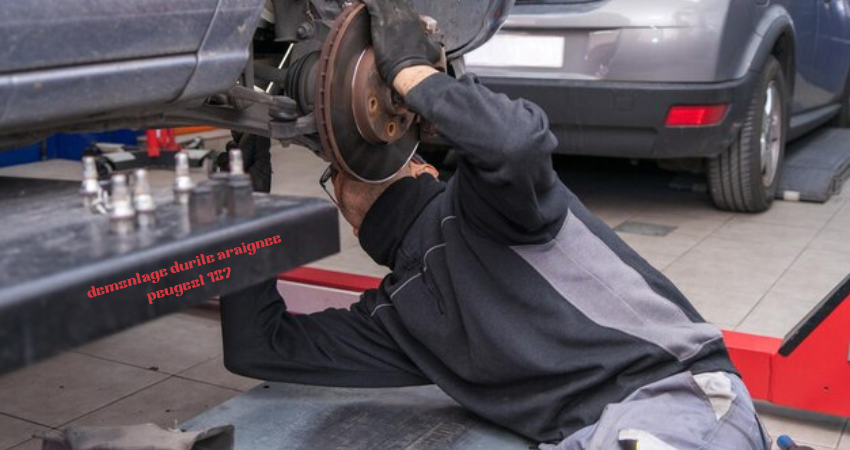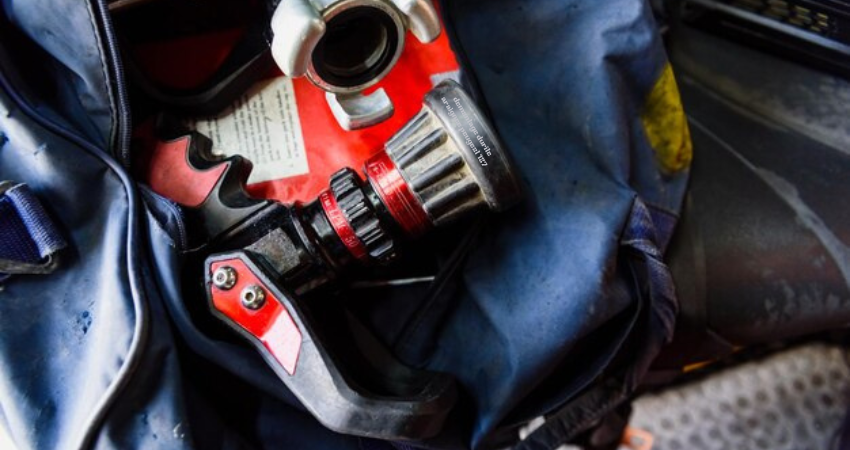The demontage durite araignee peugeot 107—the dismantling of the spider-shaped hose—is a tale steeped in ingenuity, perseverance, and the intricate dance between man and machine. It is not merely a technical act but a testament to the evolution of automotive design, engineering philosophy, and the unyielding passion of Peugeot enthusiasts worldwide. Let us journey through this story, weaving together threads of history, poetry, and the technical brilliance that has defined the Peugeot 107.
Birth of the Peugeot 107
When the demontage durite araignee peugeot 107 first rolled onto the streets in 2005, it was a response to a growing need for compact, efficient, and affordable vehicles. Born from the collaborative efforts of the PSA Peugeot Citroën Group and Toyota, the 107 emerged as a city car that prioritized agility and simplicity. Underneath its sleek exterior, however, lay a sophisticated network of components designed for optimal performance—one of which was the enigmatic durite araignée.
The “spider hose,” so aptly named for its sprawling, arachnid-like configuration, became an integral part of the car’s engine and air intake system. This network of hoses managed airflow with precision, ensuring that the compact three-cylinder engine breathed efficiently and delivered a balance of power and economy.
But what happens when time, wear, and circumstance demand that this critical component be removed or replaced? Thus began the saga of the demontage durite araignée.

Anatomy of the Durite Araignée
To understand the challenge of dismantling the durite araignée, one must first appreciate its complexity. The spider hose is a nexus of rubber and plastic conduits, each connecting critical parts of the engine bay. These connections enable the flow of air, gases, and fluids, ensuring the engine operates smoothly.
Imagine a web spun with purpose—delicate yet durable, functional yet intricate. The durite araignée embodies these qualities, anchored to the Peugeot 107’s compact frame. Over time, it becomes a symbol of the car’s life, as every twist, turn, and vibration leaves its mark.
This complexity is both its strength and its challenge. The demontage process is no simple affair. It requires patience, precision, and a deep understanding of the Peugeot’s soul.
The Ritual of Demontage
The act of removing the durite araignée is akin to a dance—a methodical choreography of tools, torque, and tension. Peugeot mechanics and enthusiasts alike approach this task with reverence, for they know it is not just about removing a part; it is about preserving the integrity of the entire system.
- Preparation
Like a painter preparing a canvas, the mechanic must clear the engine bay. The car’s battery is disconnected, nearby components are inspected, and tools are laid out like an artist’s palette. - Loosening the Web
Each hose clamp, bolt, and connector must be carefully undone. A misplaced turn of the wrench or a hurried pull can damage the fragile connections or the hoses themselves. - The Spider’s Grip
The durite araignée clings tenaciously to its mountings, much like a spider to its web. Removing it requires not only force but also finesse—an understanding of where to press, pull, and twist. - Victory and Reflection
Once removed, the spider hose reveals its secrets: wear marks, cracks, or blockages that tell the story of its service. For some, this moment is bittersweet—a triumph over complexity, but also a reminder of the relentless passage of time.
A Community of Enthusiasts
The Peugeot 107, with its charming design and reliable performance, has cultivated a passionate following. Online forums, workshops, and garage gatherings are filled with tales of demontage durite araignée.
Some speak of triumphs—of finding just the right tool or mastering the removal process in record time. Others recount struggles—hours spent wrestling with stubborn clamps or navigating the tight confines of the engine bay. Each story adds to the rich tapestry of shared knowledge that binds the Peugeot community together.
Lessons from the Durite Araignée
The history of the demontage durite araignée is not just about a car part; it is about the lessons it teaches us.
- Patience in Complexity
The spider hose reminds us that even the most intricate challenges can be overcome with persistence and care. - Respect for Design
Every hose, clamp, and connector was placed with purpose. To dismantle the durite araignée is to honor the engineers who designed it. - The Beauty of Maintenance
In caring for a car, we connect with something larger than ourselves—a legacy of innovation and the timeless joy of driving.
Evolution and Future Prospects
As automotive technology advances, the systems that once relied on mechanical parts like the durite araignée are evolving. Electric and hybrid vehicles are reshaping the landscape, replacing hoses and clamps with cables and sensors.
Yet, the spirit of the Peugeot 107 and its spider hose lives on. It endures in the hands of enthusiasts who continue to care for these cars, in the stories shared across generations, and in the quiet satisfaction of a job well done.
Poetic Reflection
The demontage durite araignee peugeot 107 is more than rubber and plastic. It is a bridge between the mechanical and the poetic—a symbol of connection, resilience, and the art of engineering.
Beneath the hood, where silence hums,
A spider spins, its threads become,
The lifeblood of a car’s intent,
A journey vast, a purpose bent.
When time insists its web must fall,
The hands of care will heed the call.
A dance of wrenches, twists, and turns,
A lesson every driver learns.

FAQs about the Demontage Durite Araignée Peugeot 107
What is the durite araignée in a Peugeot 107?
The durite araignée is a spider-shaped network of hoses in the Peugeot 107’s engine. It manages airflow and other essential functions to ensure smooth engine operation.
Why is it called a spider hose?
It is named for its arachnid-like configuration, with multiple arms or “legs” branching out to connect various parts of the engine.
When should the durite araignée be replaced?
Replacement is typically required when the hoses show signs of wear, such as cracks, leaks, or blockages, which can affect engine performance.
Is the demontage process difficult?
Yes, it requires careful preparation, patience, and familiarity with the Peugeot 107’s engine layout. Specialized tools may also be needed.
Can I remove the durite araignée myself?
If you have mechanical expertise and the right tools, you can attempt it. However, consulting a professional mechanic is recommended for complex issues.
How does the Peugeot 107 community share knowledge about this process?
Online forums, video tutorials, and enthusiast gatherings are popular platforms where owners share tips and experiences related to the demontage durite araignée.


